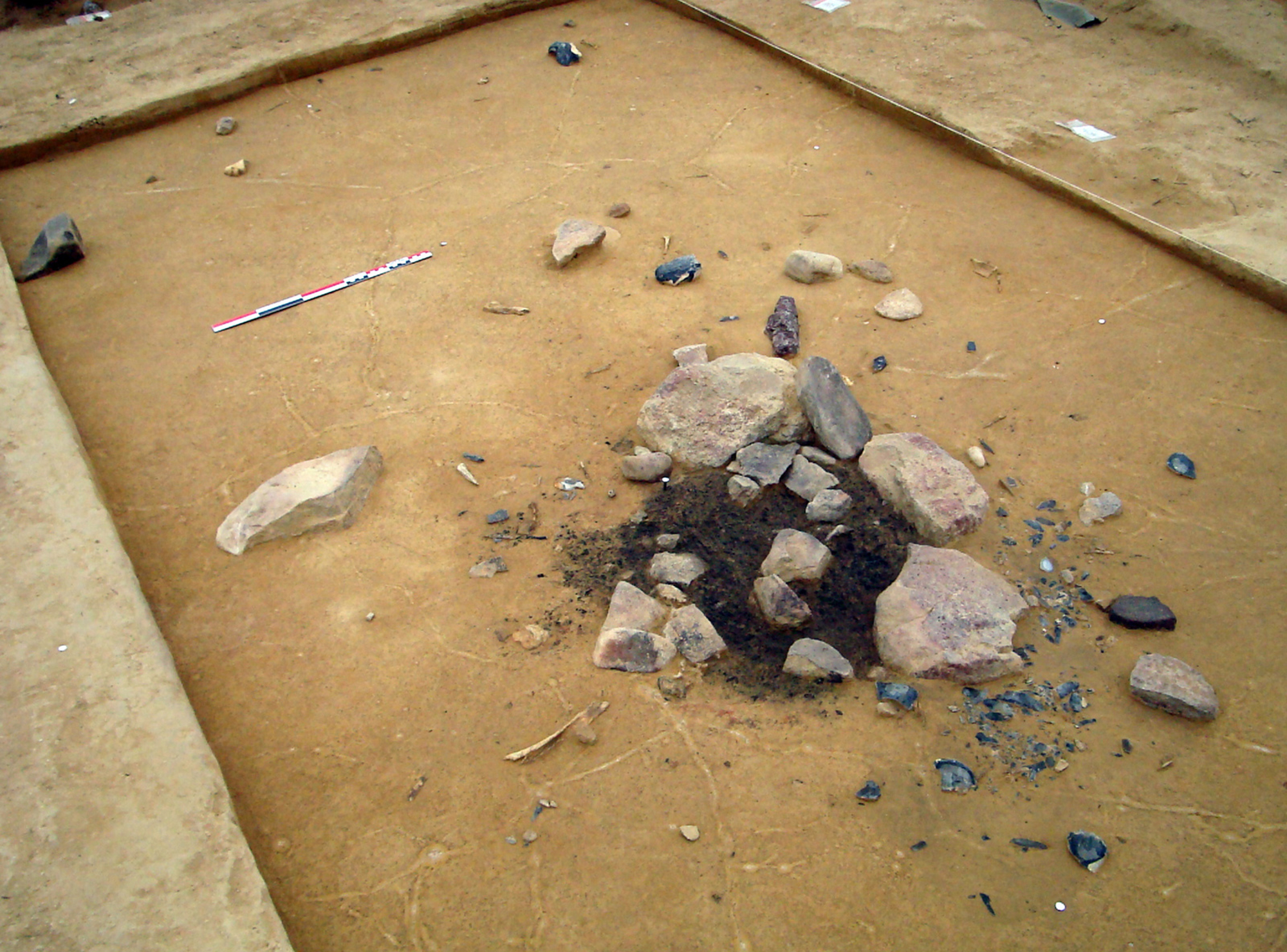
- Home
- More insights into the Magdalenian way of life
- Other Magdalenian habitats in the Paris Basin
- A region rich in remarkable habitats
We currently know of around 20 Magdalenian sites in the Paris Basin. The region stands out for its concentration of very well-preserved deposits, unique in Europe.
A region rich in remarkable habitats
Several habitats from the Late Magdalenian have been discovered in the large valleys at the centre of the Paris Basin, buried and well-preserved in alluvium, like at Étiolles. The most well-known is Pincevent, which is also home to a cluster of camps discovered in the Seine valley. Of these camps, 4,500 m² of level IV-20 has been excavated, making it possible to study in detail the way of life of a Magdalenian community occupying the site for several weeks. Also worth mentioning are the deposits at Verberie (Oise), Marsangy (Yonne) and La Haye (Yvelines), the latter identified just recently during a preventive archaeological evaluation.
We also know of rare deposits in caves and shelters on the edge of the Paris Basin. For example, the Trilobite cave at Arcy-sur-Cure (Yonne) is home to one of the quite rare occupations in northern France that can be attributed to the Middle Magdalenian.
Clusters of Magdalenian occupation
In the Seine valley two sectors contain many sites. The first is in Montereau-Fault-Yonne, a region where multiple discoveries have been made: the deposit in Ville-Saint-Jacques, located on the plateau above Pincevent, and a cluster of approximately 15 deposits around Marolles-sur-Seine, in the Seine-Yonne confluence. The second sector is close to Étiolles, where several Magdalenian occupations have been uncovered in Les Tarterêts, near the confluence between the Seine and Essonne rivers.
The geographical concentration of these discoveries, often associated with sand and gravel quarries, gives us an idea of the density of prehistoric occupations.
The Magdalenians’ travels
At the majority of sites, we find a small batch of flint pieces from elsewhere, near and far, alongside products made from flint found locally. These exotic pieces are most often blades, either left as is or retouched, or retouched bladelets, small sharp fragments placed on sagaie points. This tells us that the Magdalenians brought tools and weapons with them when they settled in a new place. Identifying non-local flint allows us to reconstruct their travels from one place to another in the Paris Basin.


